As some of you may recall, I suffered a house fire over a year ago. We are currently at the “choosing tile for the bathrooms” stage of the restoration process. Wow. The variety of printed ceramic tiles has completely blown me away. You may have thought about how to print your own designs onto the tiles like ceramic. This prompted me to search online, and what I discovered has made me doubt that printing will ever completely disappear.
The Method Used to Print Tiles for Centuries
According to my research, screen printing appears to have been the preferred technique. That makes sense because this method can inexpensively print a large number of tiles. There were two types of screen printing used: rotary and flatbed. To clarify, flatbed screen printing uses several stretched screens with obliterated design (or left clear). The press operator pushes ink through the open mesh by squeezing a rubber squeegee across the inked screen. No ink passes through areas of the screen that have been blocked (via a physically applied or photographed blockout). Although the screens of a rotary screen press are cylindrical, the operation is similar. The color-specific squeegees nevertheless push ink past the screen mesh (but not through the blocked-out images).

The initial cost of setting up a screen printer for ceramic printing is high, but the unit cost falls as you print thousands of duplicate ceramic tiles. According to what I’ve read, the tiles are initially created but not fired or glazed. They are currently just squares that have had any surface texture pushed into them. Then, using pigments (often a mineral of some kind), screen printing adds the decoration (patterns) while tolerating the intense heat (up to 1600 degrees Celsius) of the firing kiln. Screen printing is used, and glazes are added before firing (again, glazing materials that will tolerate the high heat of the kiln). Screen printing adds patterning, glazes produce a sort of glass coating to guard against moisture and bacteria, and fire fortifies the clay and makes the tiles durable. This is the method of screen printing, glazing, and firing. It used to be the preferred method, but digital printing is increasingly overtaking it. Printing Ceramic Tiles Digitally The risk of breaking exists while screen printing the “biscuits,” which are unfired, premade ceramic tiles with any rough patterning already pressed into them. In order to drive ink through the screen mesh, screen printing requires both touching the unfired clay and applying at least some pressure. Digital inkjet printing, in comparison, leaves the tile biscuits alone. Instead, it briefly sprays ink onto them, which reduces breaking.

Additionally, the variety of tile designs produced by screen printing is somewhat constrained. If we did it differently, we would need a lot more screens with various tile patterns. As opposed to this, digital inkjet printing can produce a nearly infinite variety of unique patterns on the tiles, so your bathroom may not have many or any repetitive patterns. Additionally, printing smaller, customized runs are becoming more popular throughout industries, including ceramic tile printing. In order to make screen printing economically viable, you must manufacture thousands of tiles, but digital inkjet printing allows you to print one tile, 100 tiles, etc. As opposed to an analog technique like screen printing, inkjet setup expenses are low, so you don’t have to worry about storage and inventory. As a result, inkjet printing is starting to dominate the ceramic tile market. According to what I’ve read, the greatest difficulties in putting this digital printing technology involve finding pigment particles that are both large enough to be useful (lightfast and able to withstand the heat of the kiln) and small enough to sit in a chemical suspension and pass through the inkjet printheads onto the clay biscuit substrate. Significant challenges to overcome include pigment particles settling to the bottom of the liquid inkjet printing mixture and clogged printheads. I’ve Seen Some SamplesThe different ceramic tile samples that I’ve seen my fiancee bring back to the condo for consideration intrigue me.


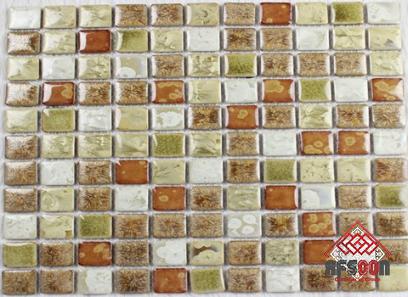

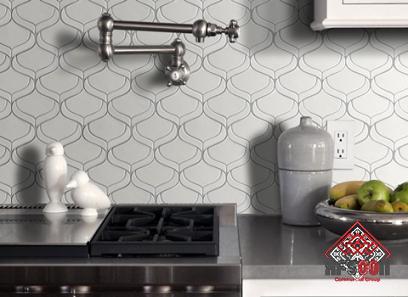
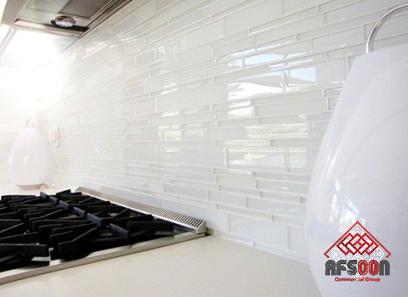

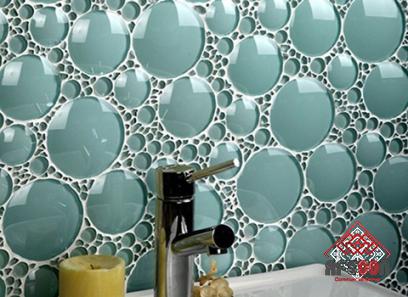

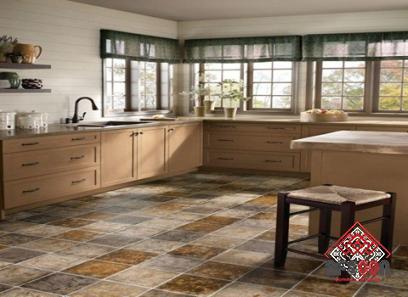
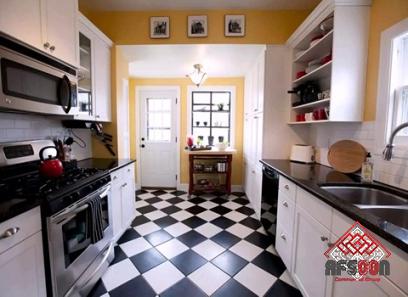
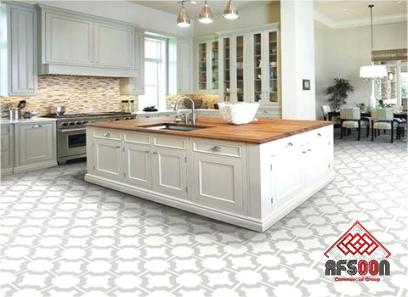
Your comment submitted.